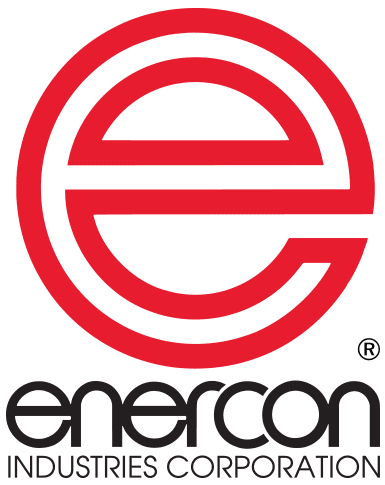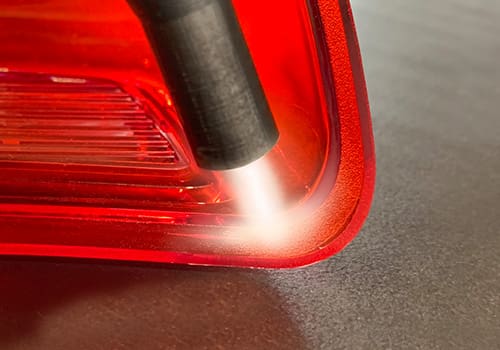Improve Adhesion for Electronics
Treatment Solutions for Potting, Circuit Boards, Photovoltaics & Displays
Plasma treatment is widely used to clean, etc, functionalize and desmear plastics, glass and metal surfaces used in the production of electronic devices and assemblies. Applications range from improving coating, printing, adhesive and potting bonding.
To protect electronics from shock, vibration, and environmental elements, including liquids and caustic substances, manufacturers will often use a potting compound in an electrical housing. Solid or gelatinous compounds such as thermosetting plastics or silicone rubber gels encapsulate the electronics for added protection.
In many cases the housings are made from a nonporous low surface energy plastic such as ABS, Polyamide, or other thermoset plastics. Plasma and flame surface treaters pretreat the interior of the housings to remove surface contaminants, micro etch the surface and increase surface energy to enable adhesion of the potting compound to the enclosure.
Ask Enercon’s surface treating pros if plasma or flame treatment will work for your application or read on to learn more about this unique application.
FROM OUR LIBRARY Common Electronics Applications
COMMON PLASMA APPLICATIONS Improve Adhesion With Treatment
-
Assembly Adhesives
-
Conformal Coatings
-
Flat Panel Displays
-
Flexible Electronics
-
Printed Circuit Boards
-
Potting
-
Watertight Sealing







